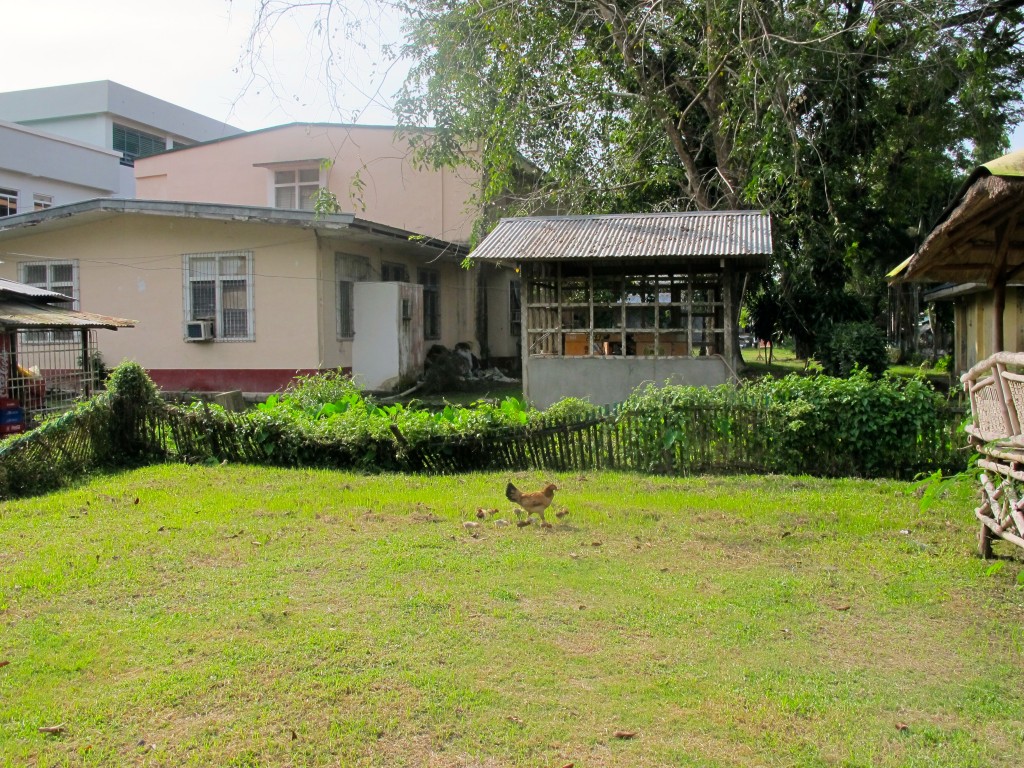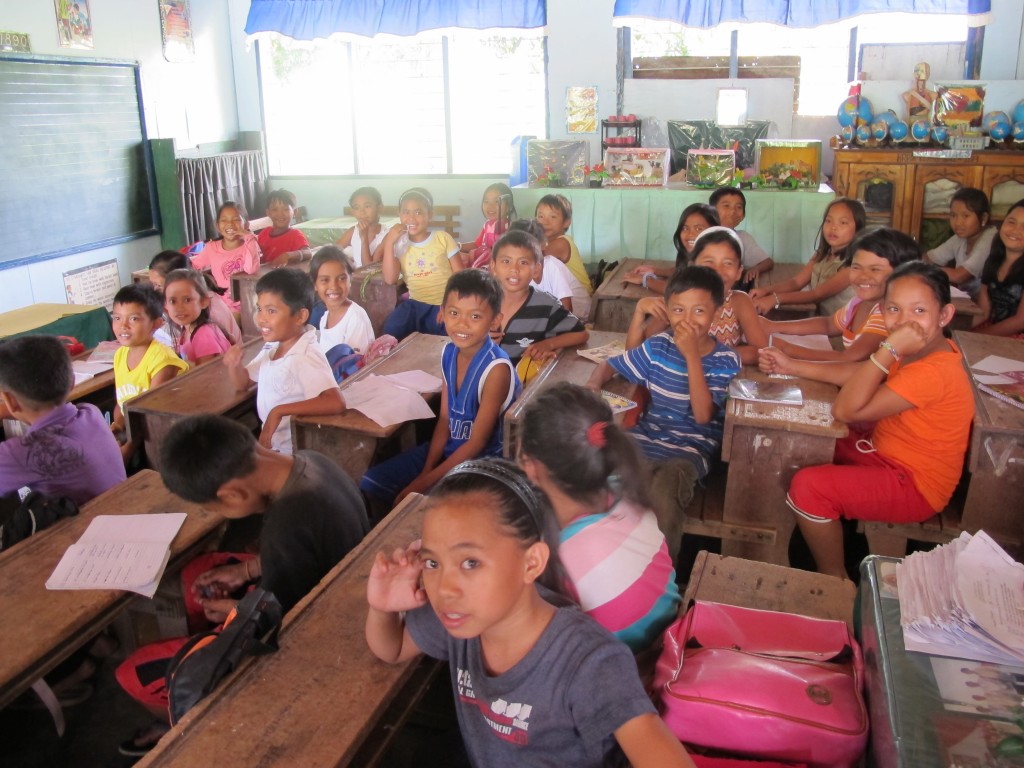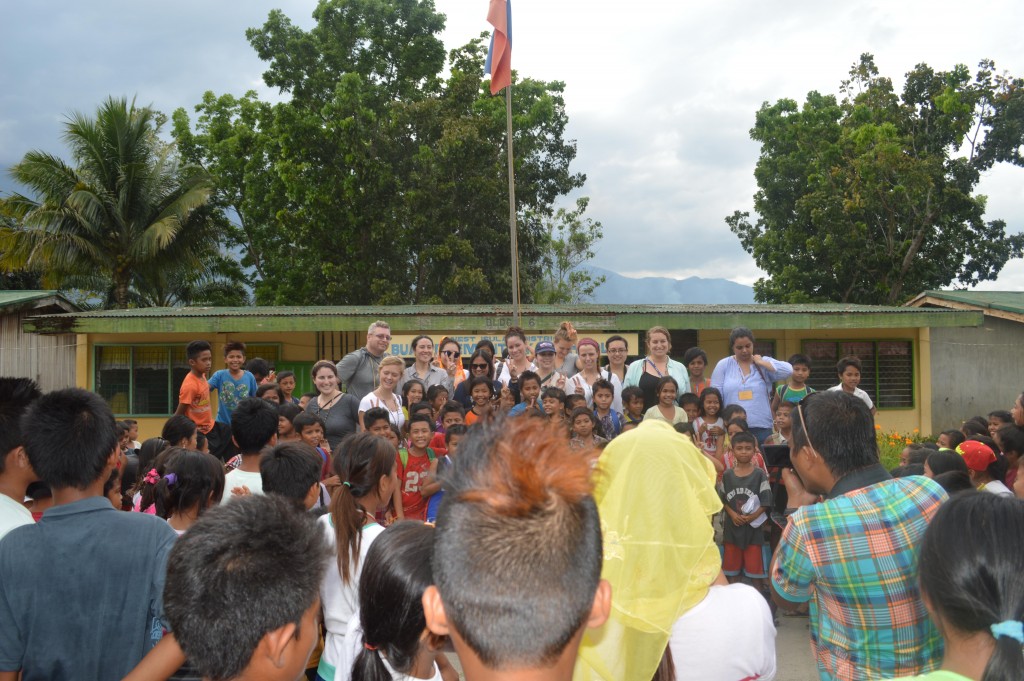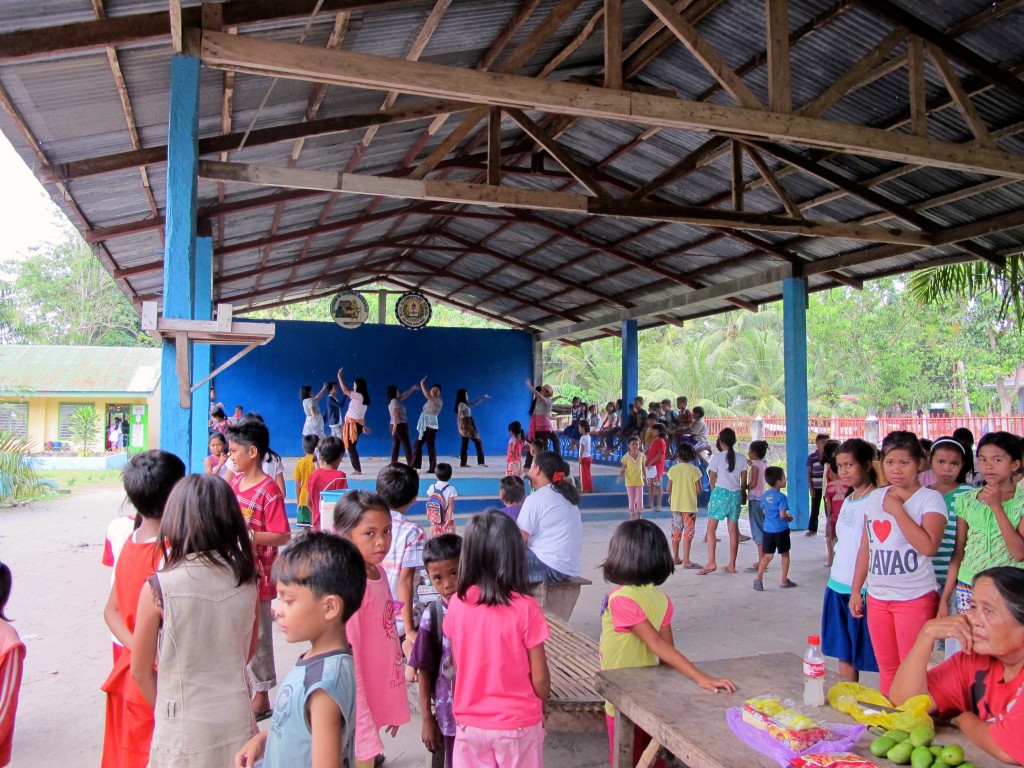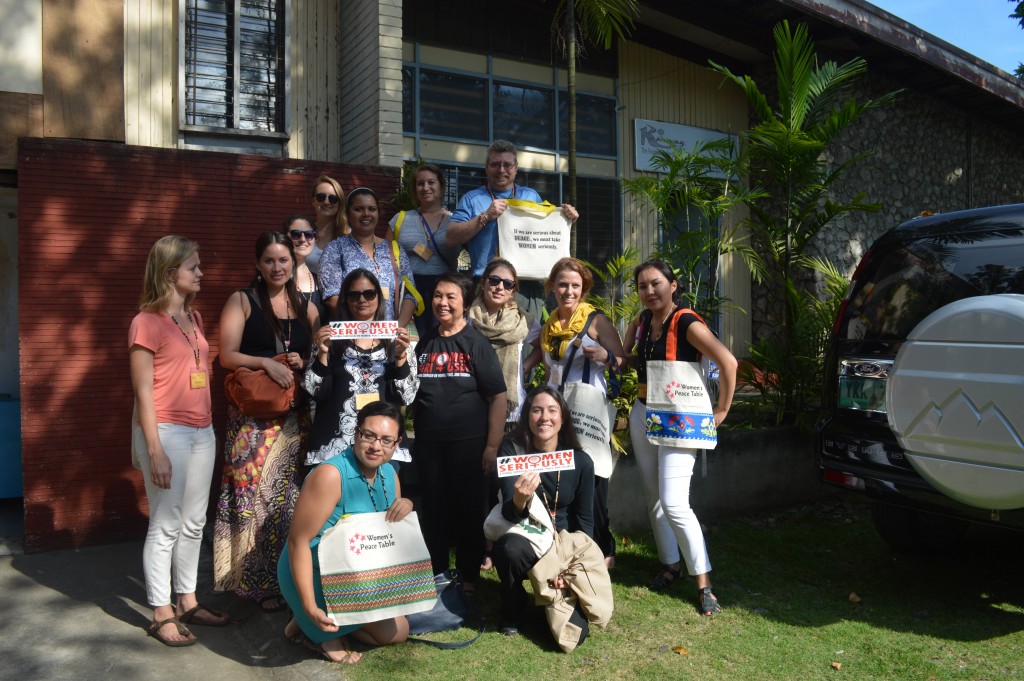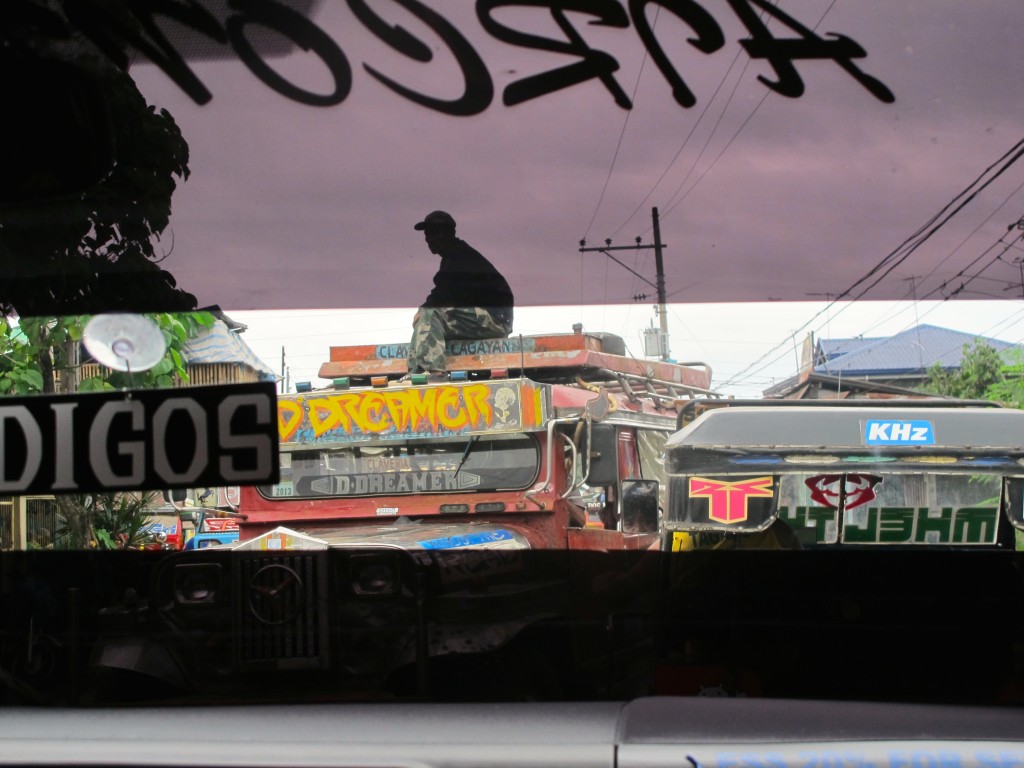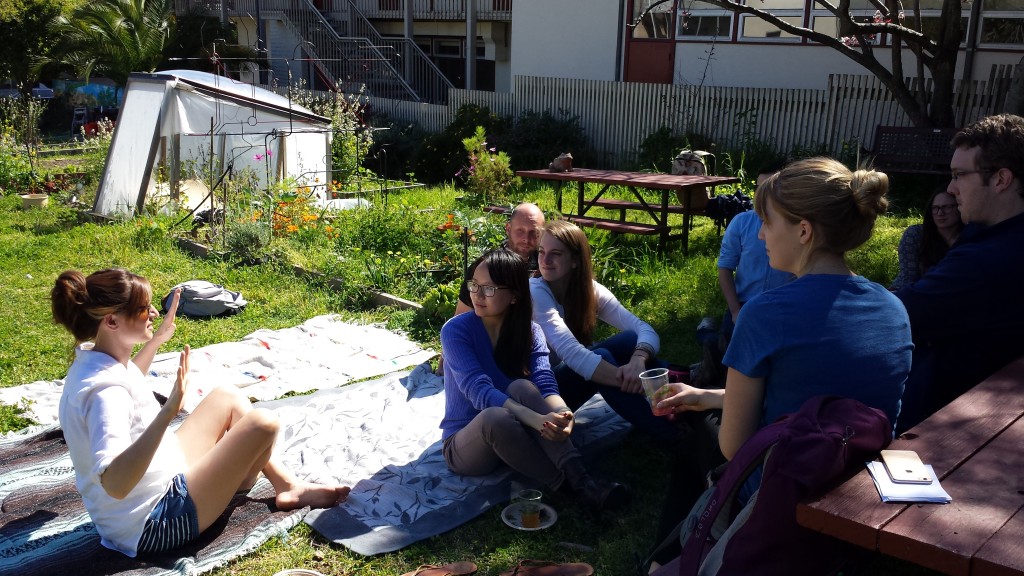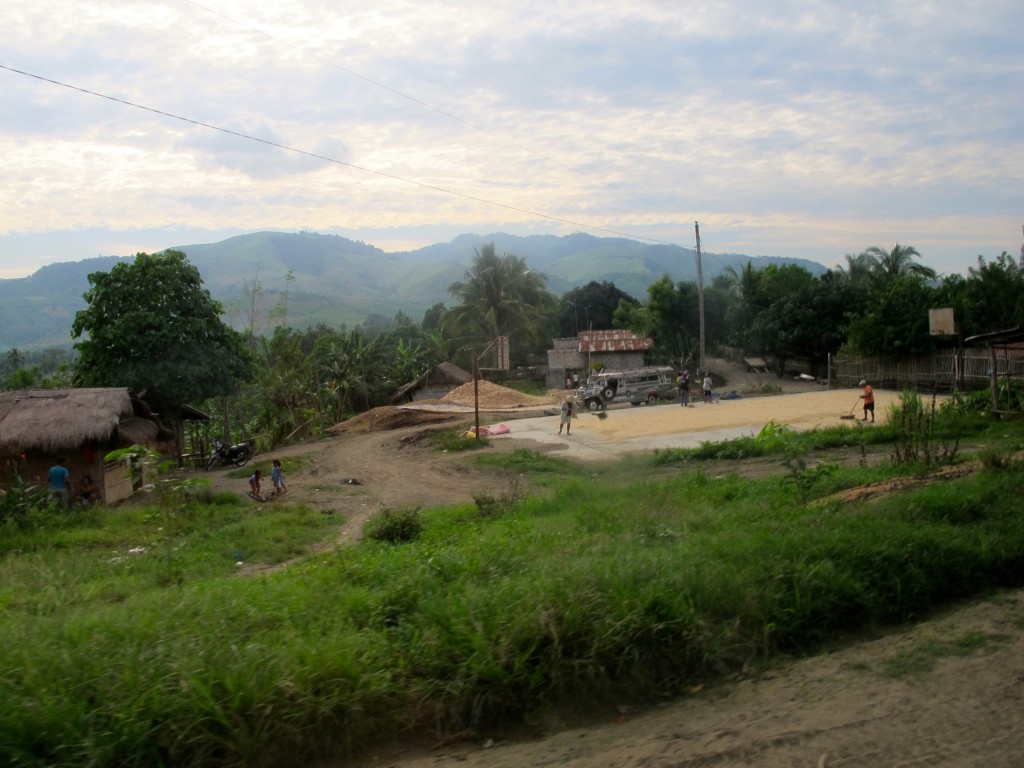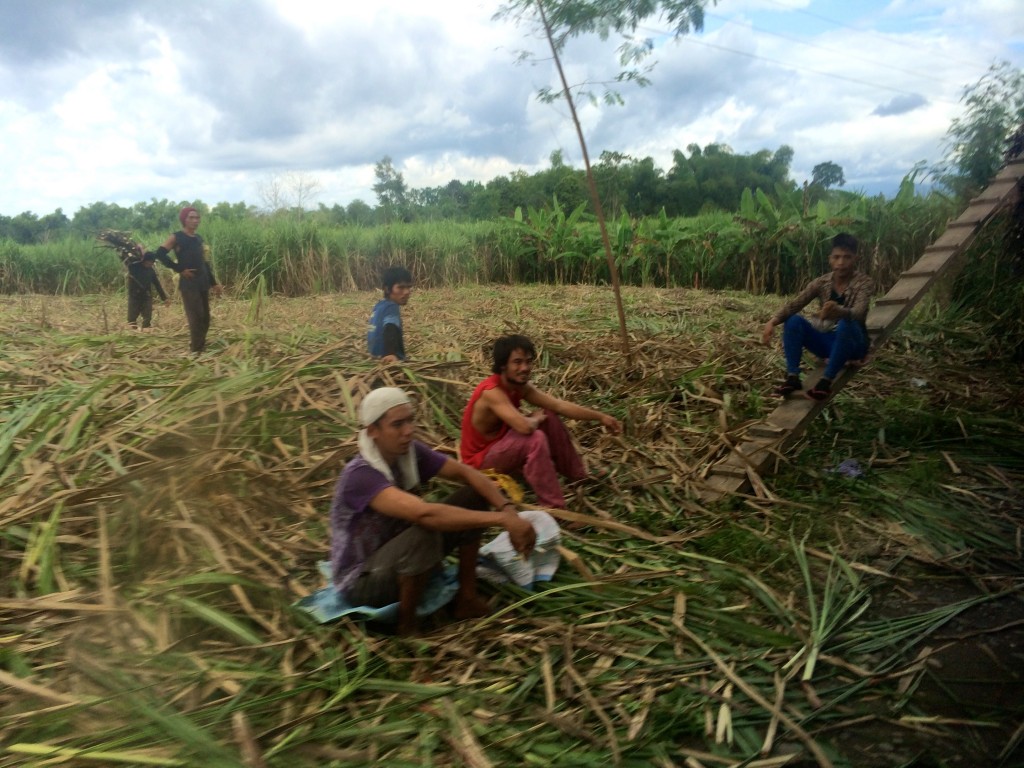In the post-war context, the competition to prioritize the national agenda is strong. Everyone – from foreign aid organizations, UN consultants, to government officials, to entrepreneurs to religious leaders – is clamoring to shine the spotlight on the most pressing issue that must be addressed. Some say economic development will bring peace, while others say that is impossible: peaceful bridges must be forged between communities before economic prosperity can be viable. It is clear that in Mindanao, as in every other conflict-stricken homeland, only locals know what is most important and what solutions are viable.
What should be done is only for local Mindanaoans to decide for themselves. Another “outsiders” opinion of what should be happening in Mindanao is irrelevant. However in this blog I’d like to offer my humble opinion, and a lens of analysis for solutions, building upon the priority most referenced in the field: land as the major root cause of the conflict.
Land use, management, ownership, and land rights are an incendiary cause of conflict across Mindanao. These are common theme of most conflict areas around the world: violent inter-state conflict is directly linked to natural resources. Mindanao’s rich biodiversity and natural resource wealth are a major point of contention in negotiations for Moro autonomy in the new Bangsamoro, for the current ARMM government, the national Philippine government, and private stakeholders. Legitimate sovereignty and resource wealth is in conflict.
While this may seem like a logical cause of conflict – armed violence fighting over natural riches – only in the past five years have solutions been sought from these same sources. Environmental peacebuilding is newly forming field of academics, policy and development practice that examines the role of environmental factors in moving towards a sustainable peace.
Environmental peacebuilding offers an alternative theoretical framework on conflict and human security. There are clear connections between natural resources and conflict. First, natural resources contribute to armed conflict in states of resource scarcity, the struggle for access, equity and benefits, environmental degradation, poor public participation in resource governance, lack of mechanisms for resource dispute resolution, and transboundary impacts. Second, natural resources can sustain and finance conflicts. Resources drive violent conflict in the struggle to capture resources (e.g. Virunga in the DRC), to capture territory, as a source of conflict financing, and motivation for recruitment. Lastly, natural resources and environmental issues can spoil peacebuilding. Economic incentives provided by intense resource extractive industries reinforce political divisions, barring peace negotiations and equitable development. Environmental damage caused by armed conflict spoils progress in its physical destruction to landscapes, livelihoods, and water sources.
By recognizing the linkages between natural resources and conflict, environmental peacebuilding seeks to center interdependence on shared resources as a driver for conflict resolution. It’s mission is to create and sustain a cooperative, progressive peace, not just the absence of violence. It seeks to provide a collaborative framework centered on an ecosystems perspective. Environmental peacebuilding integrates the fields of political science, policy-making, economics, natural resource management, psychology, and sociology, and conflict resolution in striving for and sustaining solutions for equitable resource management that is both stable and resilient.
This semester, my last at MIIS, I participated in a workshop entitled “Peacemaking and the Environment” with adjunct professor Todd Walters. He is an active environmental peacebuilding practitioner and Executive Director of Peace Park Expeditions. Throughout the two-weekend workshop experience, my four classmates and I gained exposure to the academics, policy and practice of environmental peacebuilding, methodologies of analysis and interviewed practitioners via Skype from Boston to the Democratic Republic of Congo. In my next blog posts I will discuss one analytical tool, the Peace and Conflict Impact Assessment (PCIA) methodology, its application to the land conflict in Mindanao, and some of my projects’ key findings.


